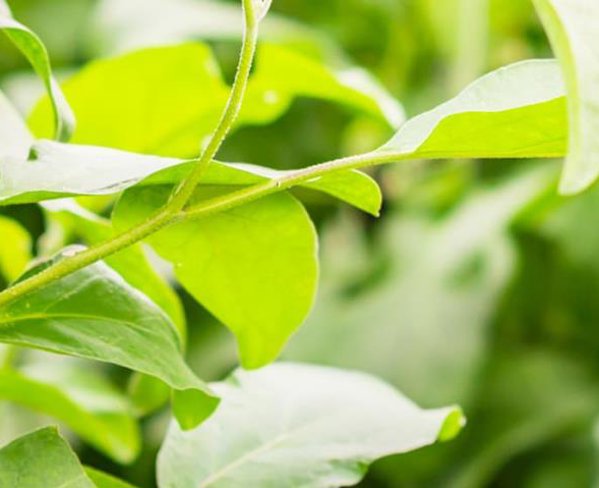Screens
“First and foremost, it’s important to close the energy screen on time,” says Kevin. “It can be tempting to keep it open to catch the last few rays of sunshine, but the outdoor temperature drops by a couple of degrees in the late afternoon. If you leave the screen open for longer, you can end up losing a lot of heat as more energy flows out of the greenhouse than into it. You can avoid that by closing the screen in good time to anticipate the colder spring nights.”
Roots
Irrigation is another consideration, especially for producers of fruiting vegetables. “It’s important to stop watering in time. If you carry on for too long, the substrate will still be wet when night falls, because the crop absorbs very little water at night,” explain Kevin. “By stopping at the right time, you maintain sufficient oxygen in the root zone overnight, which will give your plants the strong roots they need for the summer.”
Misting/fogging
Kevin de Kok’s final tip is to pay attention to the humidity. Some growers of fruiting vegetables and orchids humidify the air to increase the humidity. “In that case, ensure that the moisture can still evaporate in the air rather than dripping onto the crop, which can happen if the sun goes down and the temperature drops. Once again, it’s a matter of stopping the humidification in time.”
Precise control
Needless to say, there are several useful tools that help growers to determine the right time to close the screens or to stop watering or humidifying their crops. One such tool is the Priva Connext process computer. It precisely calculates the heat demand in the greenhouse, for example, so that you know when it is the right time to close the screen. “Priva Connext takes the greenhouse temperature, the heating temperature and the external conditions into account. This supports sustainable cultivation too. When the heat demand increases, you can decide to close the energy screen – it’s easy to regulate separately for each area of the greenhouse,” adds Kevin.
Solution
The Priva consultant does not have a one-size-fits-all solution for all growers. “It’s important to monitor the measurements and determine the right parameters yourself in order to optimally set up the system. Every grower has different wants and needs, but we’re happy to advise them on the best approach for them, of course.”


















